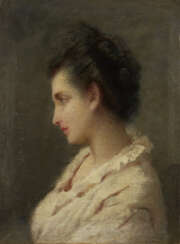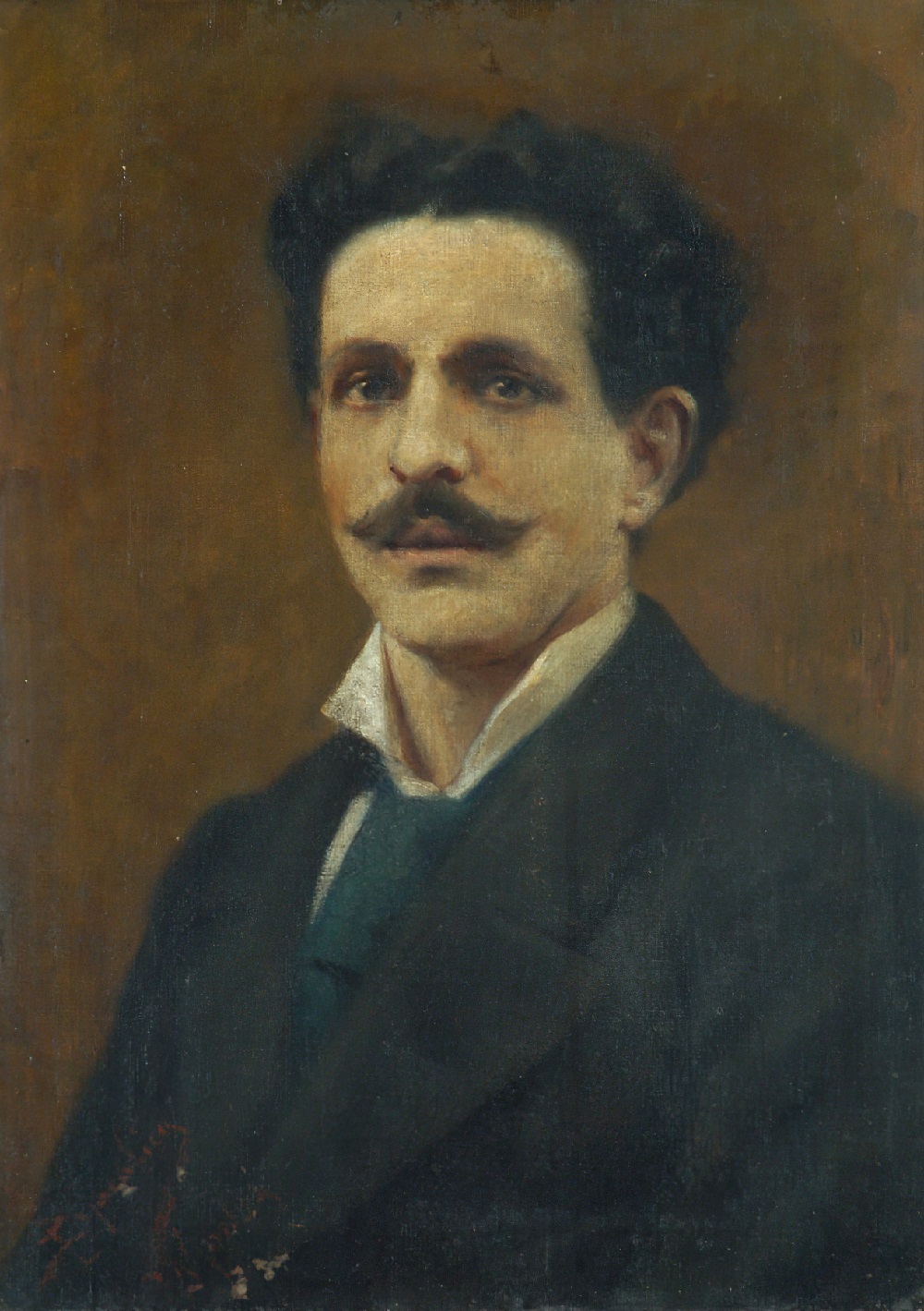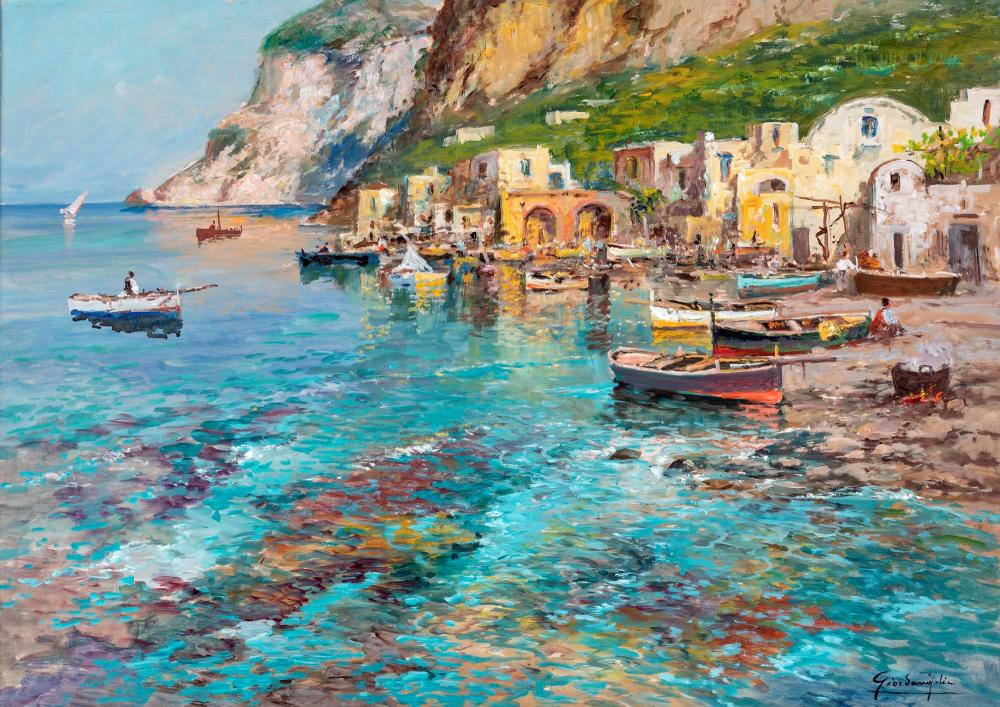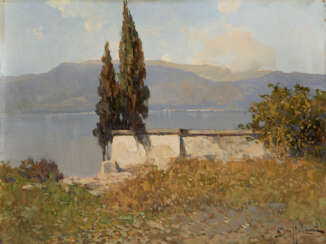
Paintings & Sculptures 19th & 20th Century — 621: 19th and 20th Century Paintings and Sculptures
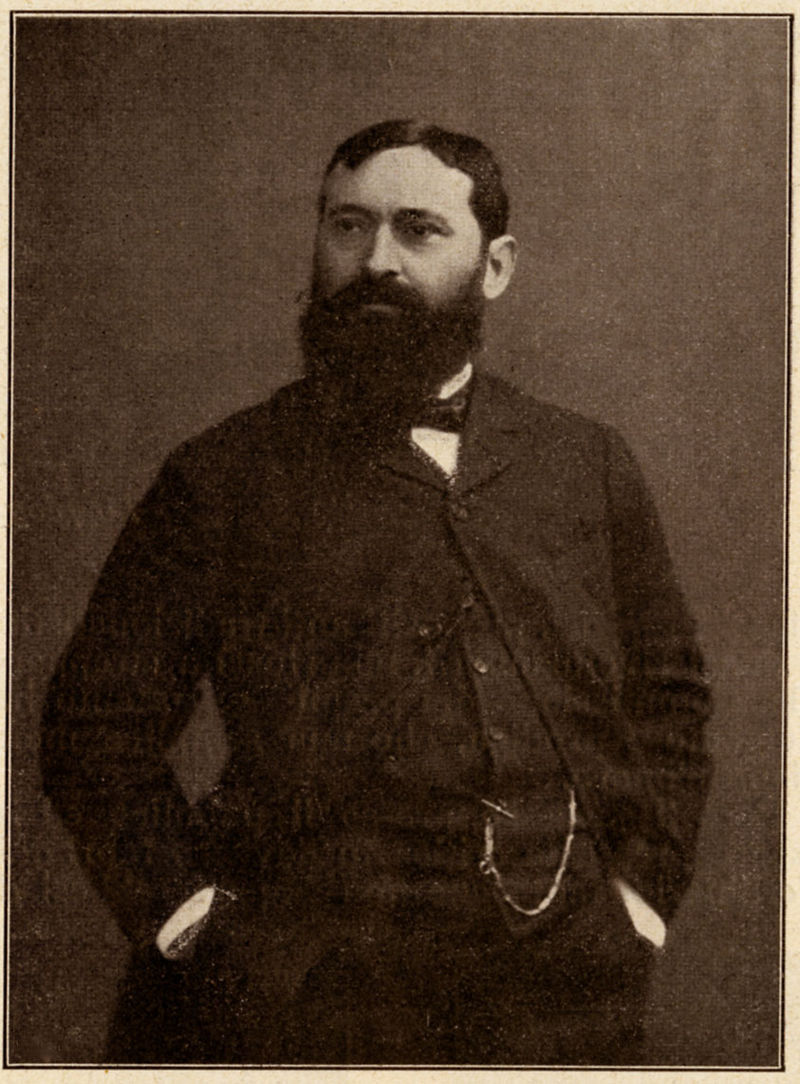
Giuseppe de Nittis was an Italian painter associated with the Macchiaioli movement, which emerged at the end of the 19th century as a reaction to the traditional academic style of painting.
Giuseppe de Nittis first studied at the Neapolitan Academy of Fine Arts before moving to Paris in 1868, where he was influenced by the Impressionist movement and the work of Édouard Manet and Edgar Degas. He quickly gained recognition for his ability to skilfully convey light and atmosphere in his paintings.
De Nittes' style can be described as a mixture of realism and impressionism. He often depicted city scenes, landscapes and portraits. His work is characterised by a loose brushwork, vivid colours and a strong sense of observation.

Achille Vertunni was an Italian landscape painter. He studied painting at the Royal Institute of Fine Arts in Naples.
A great influence on Achille Vertunni's work was the Posillipo school. His paintings are characterised by sunsets in the Roman countryside and Pontic marshes, sometimes enlivened by shepherds and herds of buffalo.
Arturo Ferrari is an Italian landscape painter. He studied painting at the Brera Academy in Milan.
The main theme of Arturo Ferrari's work was urban views. In a short time the artist became the "architect of the poetic and sentimental reconstruction" of old Milan.

Théodore Chassériau was a Dominican-born French Romantic painter noted for his portraits, historical and religious paintings, allegorical murals, and Orientalist images inspired by his travels to Algeria. Early in his career he painted in a Neoclassical style close to that of his teacher Jean-Auguste-Dominique Ingres, but in his later works he was strongly influenced by the Romantic style of Eugène Delacroix. He was a prolific draftsman, and made a suite of prints to illustrate Shakespeare's Othello. The portrait he painted at the age of 15 of Prosper Marilhat, makes Théodore Chassériau the youngest painter exhibited at the Louvre museum.
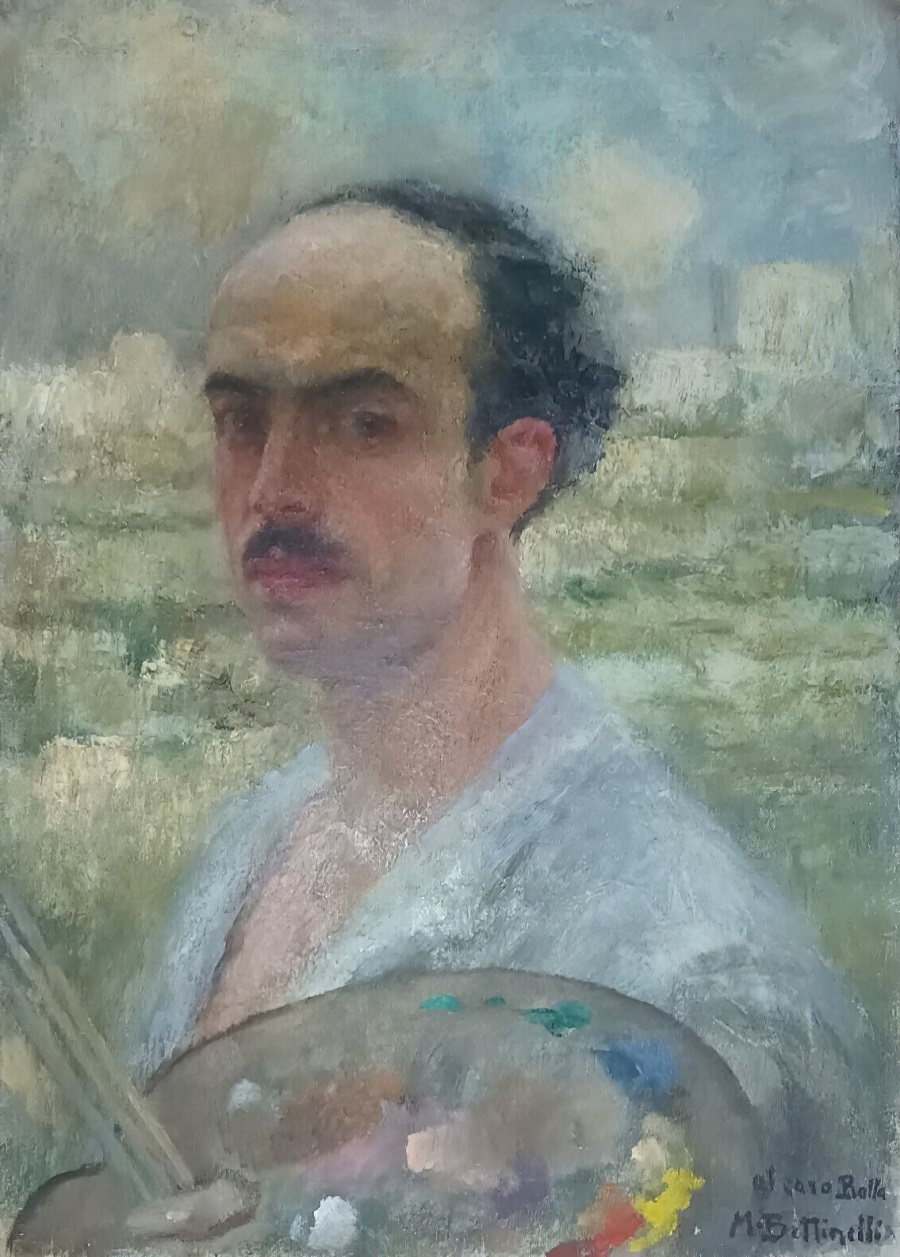
Mario Bettinelli was an Italian painter.
At the beginning of his artistic career Mario Bettinelli focused on allegorical subjects and women's portraits. And during the thirties and especially after the Second World War, he devoted himself to depicting the Lombard landscape.

Michele Cammarano was an Italian realist painter. He is the author of numerous paintings in the battle genre. He studied painting at the Academy of Fine Arts in Naples.
In March 1870, during a trip to Paris, the artist met Gustave Courbet, whose work was close to his own views on art.

Bruto Mazzolani was an Italian painter. He studied painting at the Accademia di Belle Arti di Bologna.
Bruto Mazzolani is known for his luminous and atmospheric landscapes. Bruto Mazzolani is known for his luminous and atmospheric landscapes painted in plein air in the village of Lierna. He has participated in various exhibitions in Milan, Bologna and Ferrara.

Luigi Mantovani was an Italian painter. He studied painting at the Brera Academy in Milan.
From the beginning, Luigi Mantovani's cityscapes are characterised by broken strokes and a light, transparent palette. In the 1940s, when he took up painting again after a long break due to the Second World War, he repeated his repertoire of Milanese and Venetian landscapes, which have now become traditional and executed in a freer and smoother pictorial technique.

Cristoforo De Amicis was an Italian painter and teacher. He studied painting at the Accademia Albertina in Turin and Brera in Milan. He participated in many exhibitions organised in Milan, Paris, Zurich, Oslo, Stockholm, Munich and Buenos Aires.
Cristoforo De Amici's works can be found in Italian public museums of contemporary art and in numerous private collections.
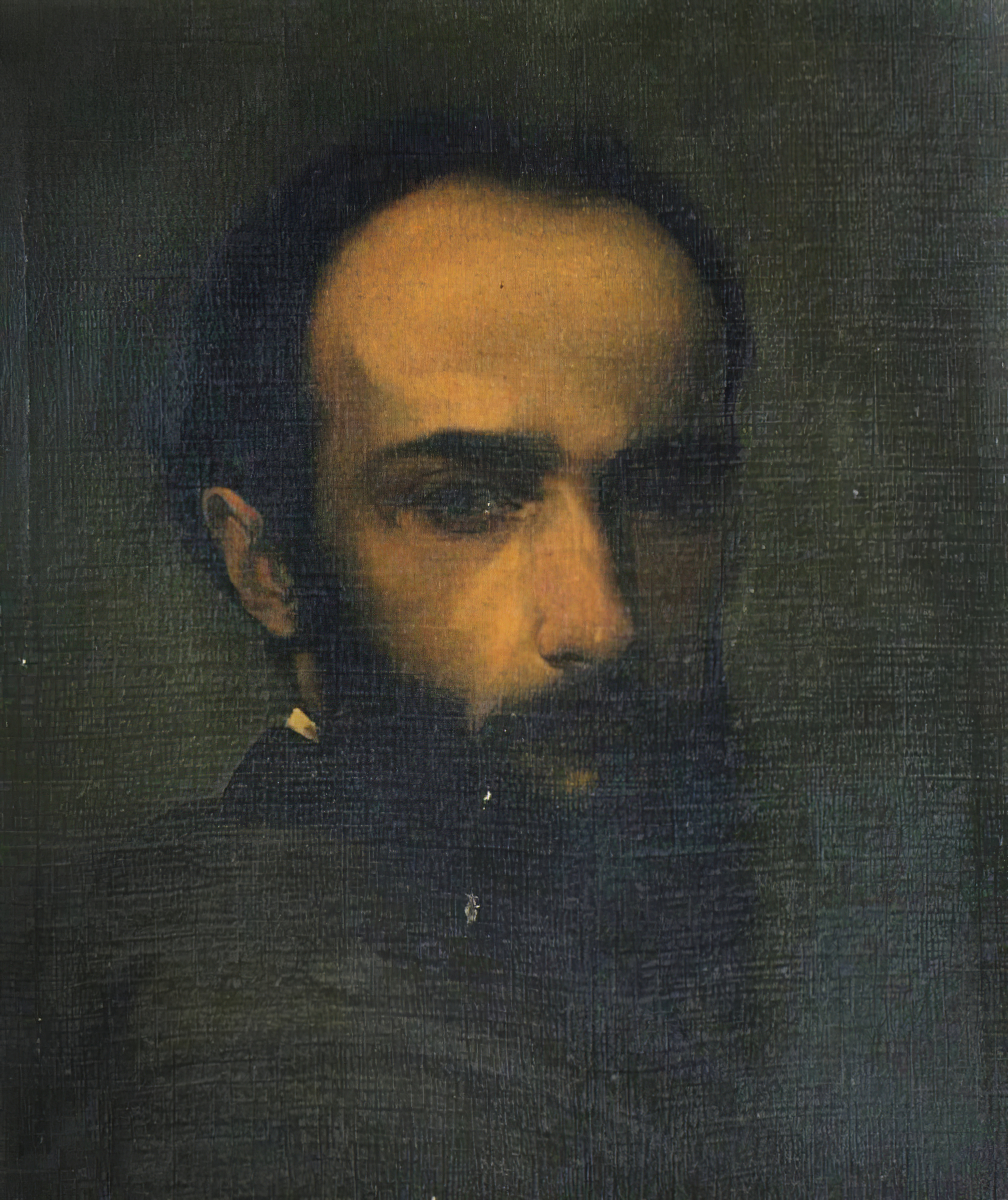
Amos Cassioli was an Italian historical painter, battle-painter and portraitist. He studied painting at the Accademia di belle arti (Academy of Fine Arts) in Siena.
Between 1884 and 1886 he painted the frescoes in the Risorgimento hall of the Palazzo Pubblico in Siena, depicting the Battle of San Martino and the Battle of Palestro.
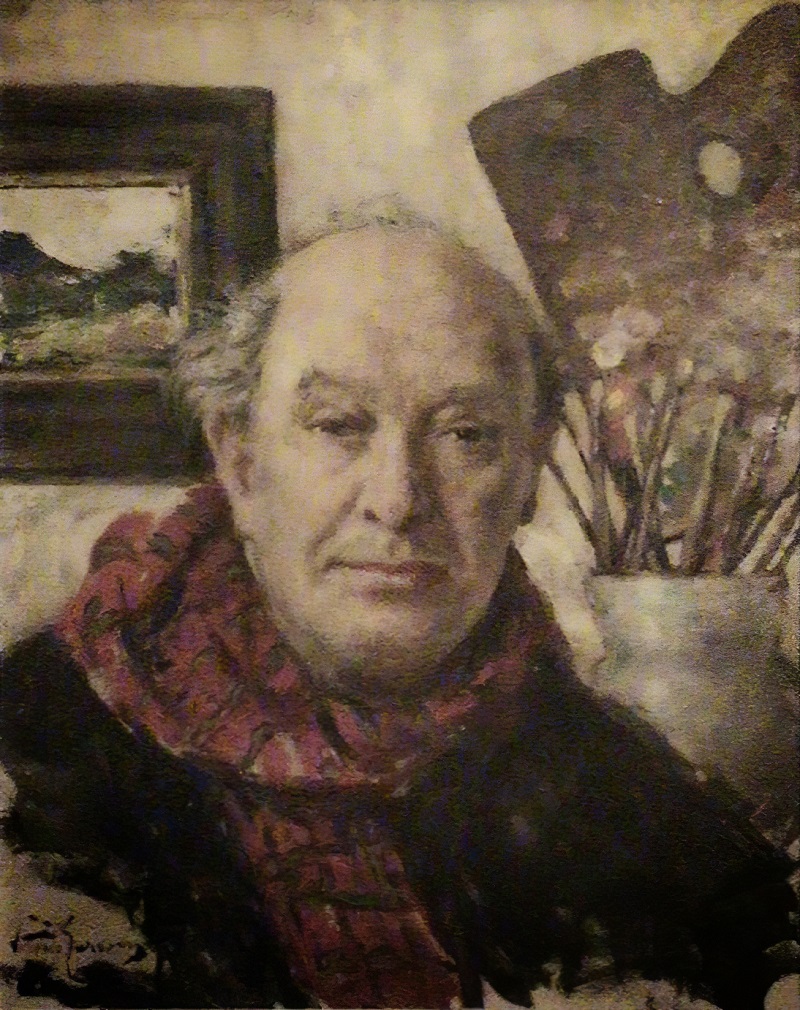
Vittorio Gussoni was an Italian portrait painter and a great representative of figurativism. He studied painting at the Brera Academy in Milan under Cesare Tallone and Ambrogio Alciati.
Vittorio Guzzoni exhibited his paintings for the first time at the Brera Biennale in 1922, after which he was appointed an Honorary Academician of the Brera Academy.

Anselmo Bucci was an Italian painter, printmaker, writer and one of the founders of the Neoclassical trend in Italian art in the early 20th century, the Novecento.
Anselmo Bucci studied painting in Venice and the Brera Academy in Milan. From 1906 to 1914, he lived in Paris where he joined the Groupe libre, a group of artists who accepted a departure from academic canons, but did not share the ideas of avant-gardism.
Anselmo Bucci is a modernist painter, symbolist with strong Fauvist features. Created a number of monumental works, as well as small paintings of a lyrical nature.
Along with painting, he was actively engaged in literary activities. In 1930 he was one of the first recipients of the prestigious Viareggio literary prize.



























